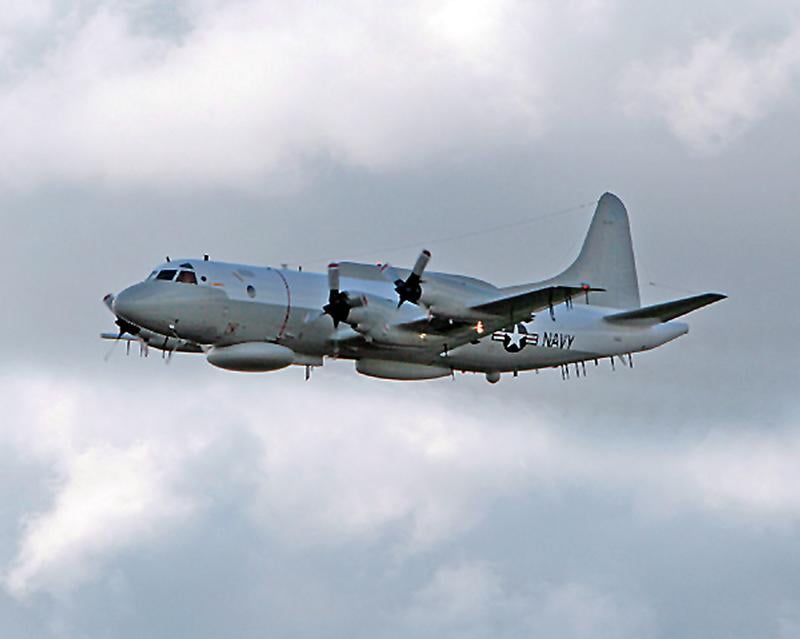
China is denying two of their fighters conducted an unsafe intercept of a U.S. Navy signals intelligence aircraft off the coast of Hainan Island.
On Thursday, Ministry of Foreign Affairs spokesman Hong Lei disputed accounts that on May 17 two People’s Liberation Army Air Force Shenyang J-11 fighters launched from Hainan Island came within 50 feet of a Navy Lockheed Martin EP-3E Aries II on a surveillance mission in international airspace and forced the Aries II to change altitude to avoid a collision.
“Information from the relevant Chinese authorities shows that what the US said is not true. The U.S. Navy plane EP-3 was then conducting reconnaissance close to China’s Hainan Dao,” Hong said at the briefing.
“In accordance with laws and regulations, the two Chinese military aircraft followed and monitored the U.S. plane from a safe distance without taking any dangerous actions. Their operation was completely in keeping with safety and professional standards.”
On Wednesday, the Pentagon issued a statement that characterized the Tuesday intercept of the routine patrol as “unsafe.”
A Wednesday report from The Associated Press said the J-11s came close enough to the Aries II to quickly dive 200 feet to avoid hitting the Chinese fighters.
The Department of Defense, “is addressing the issue through the appropriate diplomatic and military channels,” according to a statement provided to USNI News.

Pentagon officials indicated the Aries II intercept is a rare exception over more than a year of safe interactions between Chinese and U.S. military aircraft.
“The department has made progress reducing risk between our operational forces and those of the People’s Republic of China (PRC) by improved dialogue at multiple levels under the bilateral Confidence Building Measures (CBMs) and the Military Maritime Consultative Agreement (MMCA),” according to the Thursday statement.
“Over the past year, DoD has seen improvements in PRC actions, flying in a safe and
professional manner.”
In September, two Xian JH-7 fighters conducted a less dramatic intercept of a U.S. Air Force RC-135 Rivet Joint with one fighter crossing about 500 feet in front of the nose of the surveillance aircraft in which some reports called a “near collision.”
At the time, Pentagon spokesman Peter Cook said, “there’s no indication this was a near collision but the report that came back was that the plane operated in an unsafe fashion.”
In 2014 the Department of Defense complained about a more dangerous intercept of a U.S. Navy P-8A Poseidon surveillance aircraft by a Chinese J-11.
“The Chinese jet… passed the nose of the P-8 at 90 degrees with its belly toward the P-8 Poseidon, we believe to make a point of showing its weapons load-out,” said then Pentagon spokesman Rear Adm. John Kirby.
Hainan Island is home to some of China’s most sensitive military installations, including the heart of its attack submarine force.
In 2001, an attempted intercept of an E-P3 Aries by a People’s Liberation Army Navy Shenyang J-8 Finback in the region resulted in the death of the Finback pilot and the Aries making an emergency landing on Hainan Island.
The following is the complete May 19 statement from Chinese spokesman Hong Lei.
Information from the relevant Chinese authorities shows that what the US said is not true. The US Navy plane EP-3 was then conducting reconnaissance close to China’s Hainan Dao. In accordance with laws and regulations, the two Chinese military aircraft followed and monitored the US plane from a safe distance without taking any dangerous actions. Their operation was completely in keeping with safety and professional standards.
It must be pointed out that US military vessels and aircraft frequently carry out reconnaissance in Chinese coastal waters, seriously endangering Chinese maritime and airspace security. We demand that the US immediately cease this type of close reconnaissance and prevent this sort of incident from happening again.





